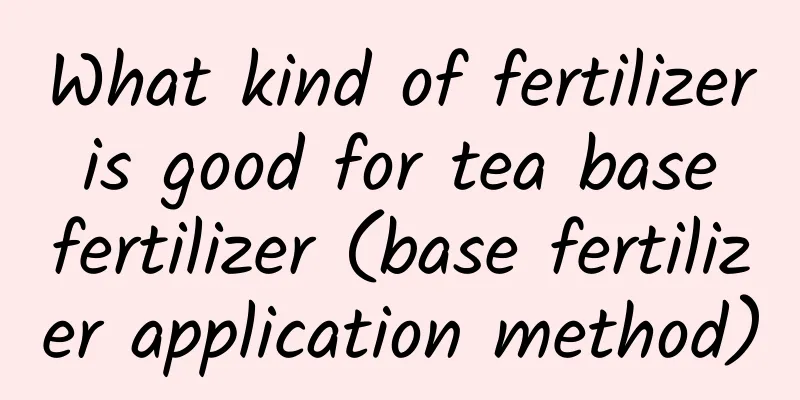Rose planting and maintenance

Innate climate conditions and environmentTemperatures that are too hot or too cold will cause roses to grow slowly, and the weather cannot be controlled, so when the weather is hot in summer, the flowering quality is poor, so the flower buds are removed to reduce nutrient consumption. There are fewer flowers in winter; it is the dormant period for roses, and branches are pruned to get through the winter. Wait until spring and autumn when the climate is most suitable for the growth of roses before doing work to promote production such as reproduction, planting, and fertilization. Key points for acquired cultivation and managementsoilThe most ideal soil for growing roses is loose, fertile and moist. In order to achieve looseness, some organic matter should be added, such as compost, leaf mold, sawdust, coarse rice bran, etc. PlantingThe cool climate in autumn is the most suitable season for planting roses. Roses planted in autumn will be successfully established in winter and can safely overwinter. By spring, the plants are fully developed and strong, and can withstand wind and sun and survive the hot summer. illuminationThe development of seedlings requires a lot of nutrients and energy. The roots of newly planted seedlings cannot absorb fertilizers yet. The source of nutrients is carbohydrates from photosynthesis, and the source of energy is sunlight. The leaves are organs that produce nutrients, so try to retain them. In summer, potted roses should avoid direct sunlight to reduce water evaporation. MoistureWhen planting seedlings for the first time, it is very important not to let them lack water. Before the new roots are fully developed, the root's ability to absorb water is still poor. You should spray or sprinkle water on the plants to reduce water loss. Lack of water or excessive water has the most direct impact on the roots of roses. When watering potted roses, the entire pot should be evenly wetted until water flows out from the bottom of the pot. In the hot summer, the entire pot can be immersed in water until it is thoroughly wet and then taken out. FertilizationThe new roots of newly planted seedlings are not fully grown and cannot absorb fertilizer. About two weeks after planting, you can start spraying liquid fertilizer on the plants and let them be absorbed by the leaves. You can spray twice a week, and after about a month, you can apply fertilizer placed in the soil. |
<<: Rose tree pruning methods and techniques
Recommend
What fertilizer is best for orchids? What fertilizer should be applied to orchids to make them bloom?
Many people like to grow orchids because they thi...
What is the best month to plant greenhouse tomatoes?
When to plant greenhouse tomatoes Greenhouse toma...
Will the golden marble bear fruit if it blooms in August? (Is it normal for the flowers to bloom but not bear fruit in August?)
Can the golden marble bear fruit if it blooms in ...
What are the varieties of durian?
1. Golden Pillow The fruit of the golden pillow i...
How to prune baby's breath (pruning time and method)
When to prune baby's breath Gypsophila is gen...
What to do if the leaves of the money tree turn yellow and soft
Temperature reasons When the temperature drops be...
How to grow saffron in pots
Potted saffron is generally planted in spring and...
How to grow a large-leaf banyan tree, pictures of large-leaf banyan trees
1. Breeding technology 1. Sunlight: The large-lea...
Is carrot a fruit or a vegetable?
Is carrot a fruit or a vegetable? Radish, also kn...
Can poppy seedlings be eaten as vegetables? What will happen if you eat them?
1. Can it be eaten as a vegetable? Poppy seedling...
Remember, if you do these 7 things, your flowers will die!
1Use any soil you want! No matter what kind of fl...
Where is the best place to plant the Vajra Bodhi tree?
The place where the Rudraksha tree is planted The...
Planting technology and planting time of shepherd's purse
Mustard greens , also known as ground mustard, gr...
Can osmanthus trees be planted in the yard?
Can I plant an osmanthus tree in the yard? Osmant...
How to propagate blue fescue
1. Planting This method is a relatively simple me...









